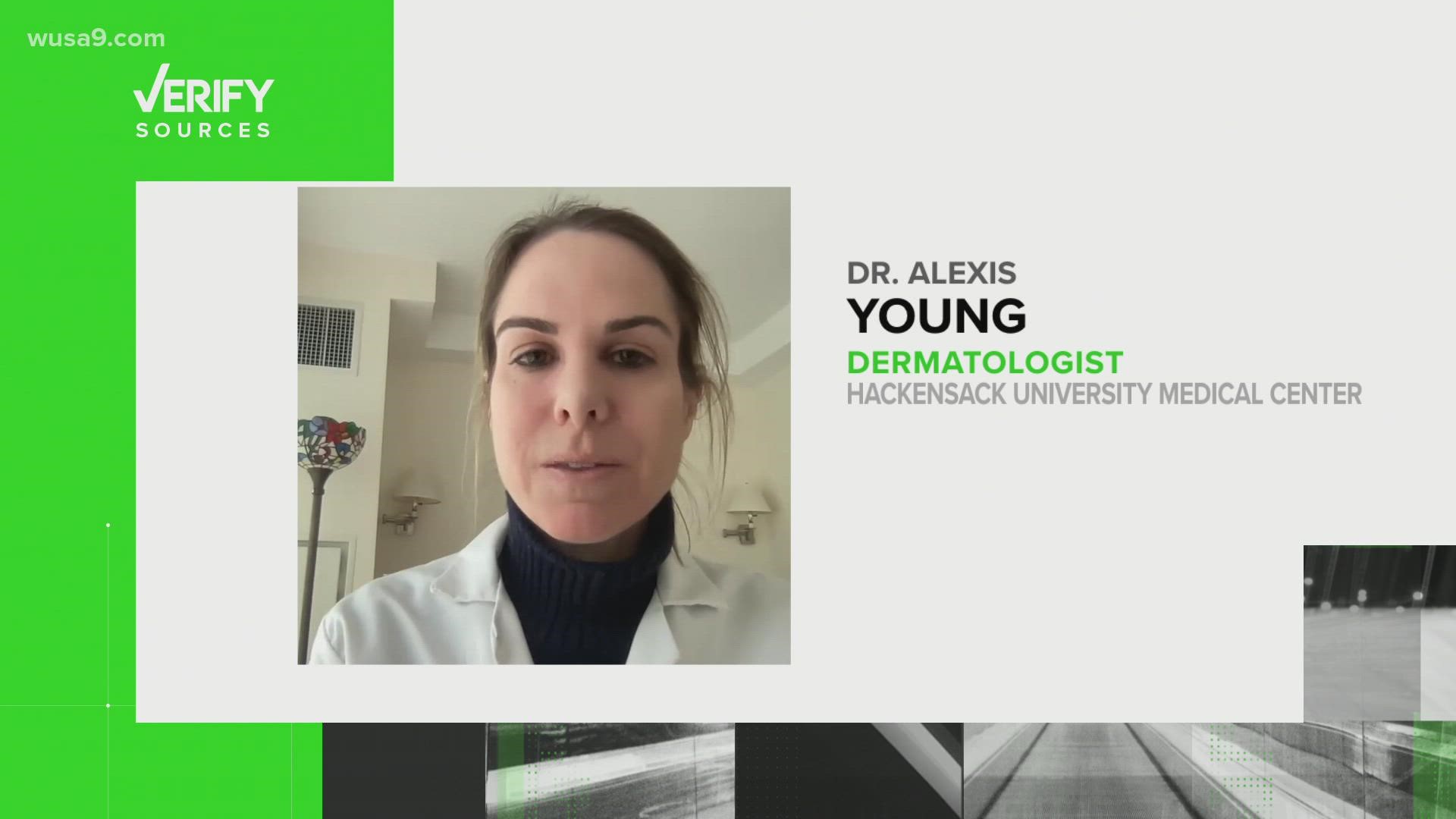WASHINGTON — Recent events surrounding the 94th Academy Awards show put a spotlight on the disease. Jada Pinkett-Smith, who was diagnosed with alopecia, has spoken publicly about her condition.
Alopecia is actually quite common and can happen to anyone.
What is alopecia?
In short, alopecia is a disease where a person experiences hair loss due to their immune system attacking areas in the skin that for the hair, according to The National Institute of Health’s National Institute of Arthritis and Musculoskeletal and Skin Diseases.
There are many forms of alopecia, such as, alopecia areata, alopecia totalis and alopecia universalis. There is an addition form of alopecia called traction alopecia which unlike the others can be controlled more if caught early enough.
Alopecia areata can develop anywhere on the body, not just the head and is typically passed down through genetics.
Alopecia totalis is when a person loses all of their hair from their scalp, making them completely bald. Alopecia universalis is when a person loses all of the hair on their body, this is the rarest form of alopecia.
Alopecia is actually quite common and can happen to anyone.
According to an article from Medical News Today, Traction Alopecia happens after hair is consistently being pulled in the same direction over a long period of time. This can happen to people who often times wear their hair in tight styles.
The article also notes that “repeated strain on the hair follicles can pull out strands of hair and even damage the follicles.”
Who does it impact?
The National Institute of Health’s National Institute of Arthritis and Musculoskeletal and Skin Diseases says anyone can have alopecia areata and that it impacts women and men equally.
Alopecia typically starts to develop in people when they’re young, during their childhood or teen years, according to the American Academy of Dermatology Association.
How does it develop?
AAD notes that about half of people experience regrowth within 12 months without treatment and not experience hair loss again, however, people can also experience cycles of hair loss and regrowth at unpredictable times for years.
How can it be treated?
There are various treatments for those diagnosed with alopecia. Treatment options can include contactimmunotherapy and different medication methods, according to AAD.

